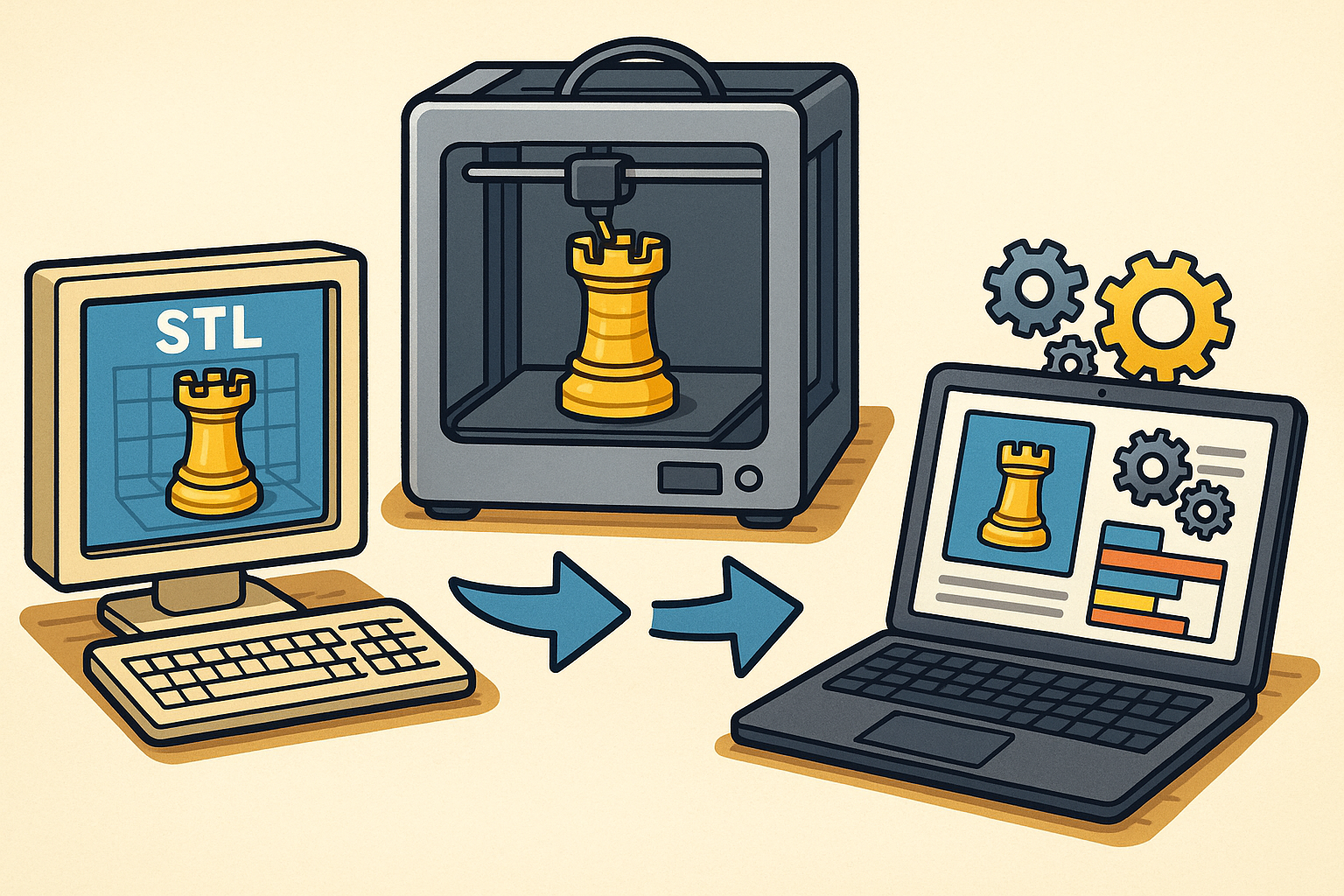Your Cart is Empty
Customer Testimonials
-
"Great customer service. The folks at Novedge were super helpful in navigating a somewhat complicated order including software upgrades and serial numbers in various stages of inactivity. They were friendly and helpful throughout the process.."
Ruben Ruckmark
"Quick & very helpful. We have been using Novedge for years and are very happy with their quick service when we need to make a purchase and excellent support resolving any issues."
Will Woodson
"Scott is the best. He reminds me about subscriptions dates, guides me in the correct direction for updates. He always responds promptly to me. He is literally the reason I continue to work with Novedge and will do so in the future."
Edward Mchugh
"Calvin Lok is “the man”. After my purchase of Sketchup 2021, he called me and provided step-by-step instructions to ease me through difficulties I was having with the setup of my new software."
Mike Borzage
Design Software History: Ken Versprille: Pioneer of Parametric Design and NURBS in CAD Technology
June 14, 2024 4 min read


Early Life and Career Beginnings
Ken Versprille has been a pivotal figure in the evolution of Computer-Aided Design (CAD) technology. Born with a keen interest in mathematics and engineering, Versprille pursued an education that set the stage for his monumental contributions to the field. He completed his undergraduate studies in Mechanical Engineering, where he developed a solid foundation in the principles of design and computation. His academic journey continued with a Master's degree and eventually a Ph.D., where his research focused on geometric modeling and computer graphics — areas that would become central to his career.
During his early career, Versprille was introduced to the burgeoning field of CAD. He secured his first position with a company that was at the forefront of this technological revolution. His initial projects involved the development of software tools that could assist engineers and designers in creating more accurate and efficient designs. The mentorship he received from industry veterans helped shape his innovative approach to CAD, encouraging him to push the boundaries of what was possible.
Development of Parametric Design and NURBS
One of Ken Versprille's most significant contributions to the CAD industry is his work on parametric design. Parametric design allows for the creation of models that are defined by parameters, which can be adjusted to alter the model dynamically. This approach revolutionized the way designers and engineers approached their work, offering unprecedented flexibility and efficiency. Versprille's pioneering efforts in this area laid the groundwork for many of the parametric modeling techniques that are widely used today.
Another groundbreaking innovation attributed to Versprille is the development and implementation of Non-Uniform Rational B-Splines (NURBS). NURBS are mathematical representations that provide a flexible and precise way to model complex shapes and surfaces. The mathematical foundation of NURBS involves a combination of B-splines and rational functions, offering a higher degree of control over the shape of the modeled surfaces. Versprille's work in this area has had a profound impact on the CAD industry, enhancing the precision and flexibility of geometric modeling.
- NURBS are used to create smooth and accurate representations of complex geometries.
- They allow for the modification of shapes without the need to completely rebuild the model.
- NURBS can represent both standard geometric shapes and free-form curves and surfaces.
The introduction of NURBS into CAD systems has enabled designers and engineers to create more intricate and detailed models. This capability is particularly valuable in industries such as automotive and aerospace, where precision and accuracy are paramount.
Industry Impact and Legacy
Ken Versprille's contributions to CAD technology have been amplified through his collaborations with major industry players. He has worked closely with companies like Dassault Systèmes and Autodesk, helping to integrate his innovations into their software tools and systems. His involvement in the development of key CAD software solutions has had a lasting impact on the industry, making advanced design techniques more accessible to a broader audience.
The influence of Versprille's work is evident in modern CAD practices. His innovations have been seamlessly integrated into contemporary workflows, enabling designers and engineers to create more complex and accurate models with greater ease. Industries such as automotive, aerospace, and architecture have particularly benefited from his contributions, leveraging the advanced capabilities of parametric design and NURBS to push the boundaries of what is possible in design and engineering.
- Automotive: Enhanced precision and flexibility in designing complex car components.
- Aerospace: Improved accuracy in modeling aerodynamic surfaces and structures.
- Architecture: Greater ability to create intricate and innovative building designs.
Throughout his career, Versprille has received numerous accolades for his contributions to CAD technology. His peers and industry professionals have recognized his innovative spirit and the lasting impact of his work. Honors and awards have been bestowed upon him, serving as a testament to the significance of his achievements.
Future Prospects and Continuing Influence
Ken Versprille remains an active figure in the field of CAD technology, continuing to contribute through ongoing research and development. His current projects focus on further advancing the capabilities of CAD systems, with an emphasis on enhancing the user experience and improving the efficiency of design processes. His work continues to inspire new developments in the field, pushing the boundaries of what is possible in design and engineering.
In addition to his research, Versprille has made significant contributions to education. He has been actively involved in academia, teaching and mentoring the next generation of CAD professionals. His published works and lectures have provided valuable insights and knowledge to students and professionals alike, shaping the future of CAD technology.
In conclusion, Ken Versprille's impact on CAD technology is both profound and enduring. His innovations in parametric design and NURBS have revolutionized the field, enabling designers and engineers to create more accurate and flexible models. His collaborations with major CAD companies have helped to integrate these advancements into widely used software tools, benefiting a range of industries. As he continues to contribute to the field through research and education, his legacy as a pioneer in CAD technology remains firmly established.
Also in Design News

Rhino 3D Tip: Rapid Raytraced Viewport Previews for Rhino Render
December 21, 2025 2 min read
Read More
Design Software History: From STL to Manufacturing OS: The Evolution of Additive Manufacturing Software
December 21, 2025 14 min read
Read More
Heat-Treatment and HIP Simulation in CAD/PLM: Turning Post-Processing into a Design Variable
December 21, 2025 12 min read
Read MoreSubscribe
Sign up to get the latest on sales, new releases and more …


